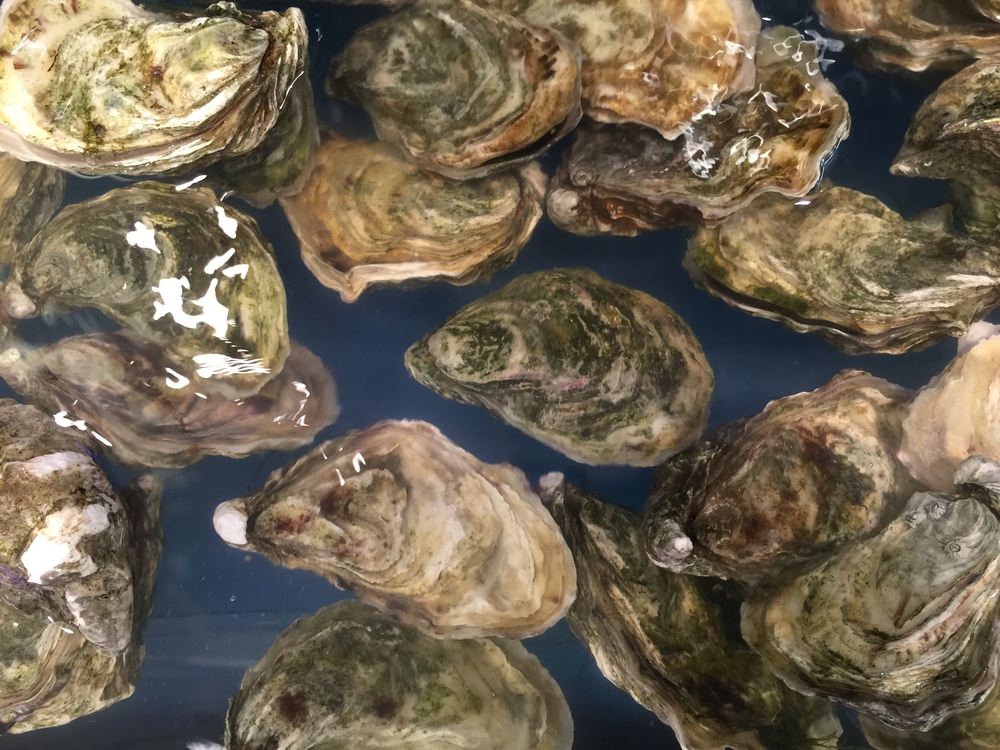Freshwater pearl harvesting is a meticulous and skillful process, resulting in some of the world’s most exquisite pearls. The enchanting gems thrive in serene and stable environments, making spring and autumn the ideal seasons for their cultivation. In this comprehensive guide, we will delve into the intricacies of freshwater pearl harvesting, exploring the selection of mussels, the grafting process, nurturing, and the evolving techniques in pearl cultivation.

Freshwater pearl harvesting is most successful during the spring and autumn seasons. These periods offer calm weather conditions, stable environments, and suitable water temperatures. The serenity of spring and autumn plays a vital role in the cultivation of these remarkable pearls.
Stability is paramount in providing an environment where freshwater pearls can flourish. The tranquil conditions are essential for pearls to receive the right balance of water and nutrients required for the secretion of nacre, the key element in forming these lustrous gemstones.
The freshwater pearl harvesting process commences with the careful selection of the mussels that will serve as the hosts for the pearls. These mussels are chosen based on their health, vitality, and their potential to produce high-quality pearls.
Once the mussels of choice are identified, they undergo a conditioning process. These mussels are soaked in a basin of water continuously for several days. This soaking phase prepares the mussels for the upcoming grafting process, ensuring they are in optimal condition.
In freshwater pearl farming, grafting takes place without the insertion of beads inside the oysters. Instead, a piece of tissue from the mantle of one mussel is meticulously used to graft another mussel. The tissue from the donor mussel is inserted into the mantle of the host mussel, not the gonad.
One of the remarkable features of this grafting technique is that it allows for grafts to be received by both sides. This innovation enables the average freshwater oyster to produce approximately 32 pearls during a single culturing cycle.
After the grafting procedure is completed, precision is key. Needles are used to carefully twist and shape the donor tissue. The aim is to create a round, smooth pearl sac that provides a comfortable and nurturing environment for the growing pearl.
With the grafting completed, the pearl farmer can now suspend the oysters in calm, peaceful, and comfortable waters. Most often, these oysters are attached to barges floating in the water, while others are placed in nylon nets hung from robust nylon ropes tied to sturdy poles to maintain stability.
The suspension period is a critical phase where pearl farmers provide meticulous care to the implanted oysters. During this time, the mussels are given special attention, including indulgence in nutritious treats and organic fertilizers.
Mussels in suspension are monitored with constant vigilance. Pearl farmers closely observe the water’s temperature, making necessary adjustments to feeding conditions as needed. Regularly, the mussels are lifted out of the water. This allows pearl farmers to perform meticulous cleaning and thorough health examinations, ensuring the oysters’ well-being.

Traditionally, freshwater pearls were cultivated for about 18-24 months before they were harvested. However, this resulted in smaller pearls, typically measuring around 7-8 millimeters. Over time, the cultivation process has evolved significantly.
Today, experienced pearl farmers often opt to cultivate pearls for up to five years. This extended cultivation period dramatically increases the likelihood of harvesting larger, high-quality pearls. The patience and precision invested in this process contribute to pearls with exceptional luster and sizes that can exceed 15 millimeters.
Freshwater pearl harvesting is a testament to the dedication, patience, and craftsmanship of pearl farmers. The art of selecting mussels, the innovative grafting process, and the careful nurturing of pearls over extended periods result in these exquisite gemstones. The serene and stable environments in which they thrive play a pivotal role in their development. Freshwater pearl harvesting continues to be a captivating journey, producing pearls of unparalleled quality and beauty.
Selecting the right mussels for freshwater pearl harvesting is a crucial step. It involves choosing healthy, thriving mussels with the potential to produce high-quality pearls. Pearl farmers carefully assess factors like mussel health, vitality, and their ability to serve as successful hosts for pearl cultivation.
Prolonged pearl cultivation, often up to five years, has become a common practice among savvy pearl farmers. This extended cultivation period increases the chances of harvesting larger, high-quality pearls with exceptional luster. Patience and precision invested in the process are key to achieving these remarkable results.
Ensuring the well-being of freshwater oysters during the suspension period is essential. Pearl farmers maintain constant vigilance, monitor water temperature, and provide nutritious treats and organic fertilizers. Regular lifting of the oysters for cleaning and health examinations helps maintain their health and contributes to the successful development of pearls.
Signup now and receive an email once I publish new content.